Grown extensively throughout South America as a cereal crop, amaranth grows well in the UK during Summertime. The leaves and seeds are edible and the plant is decorative enough to grow in the flower bed. Most plants do better if grown with other, helpful plants, read on to benefit from amaranth companion plants.
Amaranth Companion Plants
In it’s native lands, amaranth is a perennial plant but here in the UK it only grows as an annual. This gives us a short season between frosts, so it’s companions will also be warm weather crops as well. Amaranth companion plants include:-
Cucumbers with Amaranth
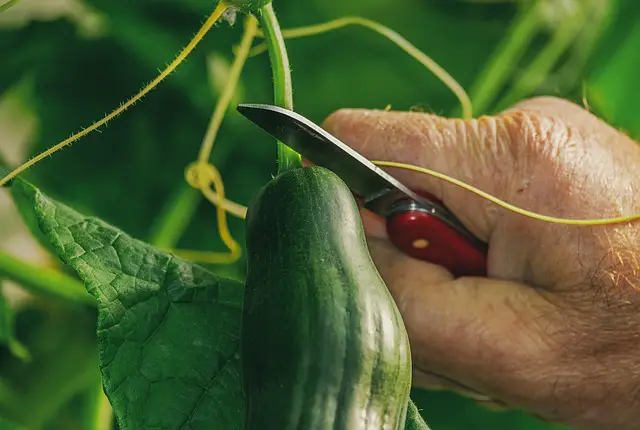
Encourage the cucumber plants to grow using the amaranth as supports. Use smaller varieties and pick regularly.
Sweetcorn with Amaranth
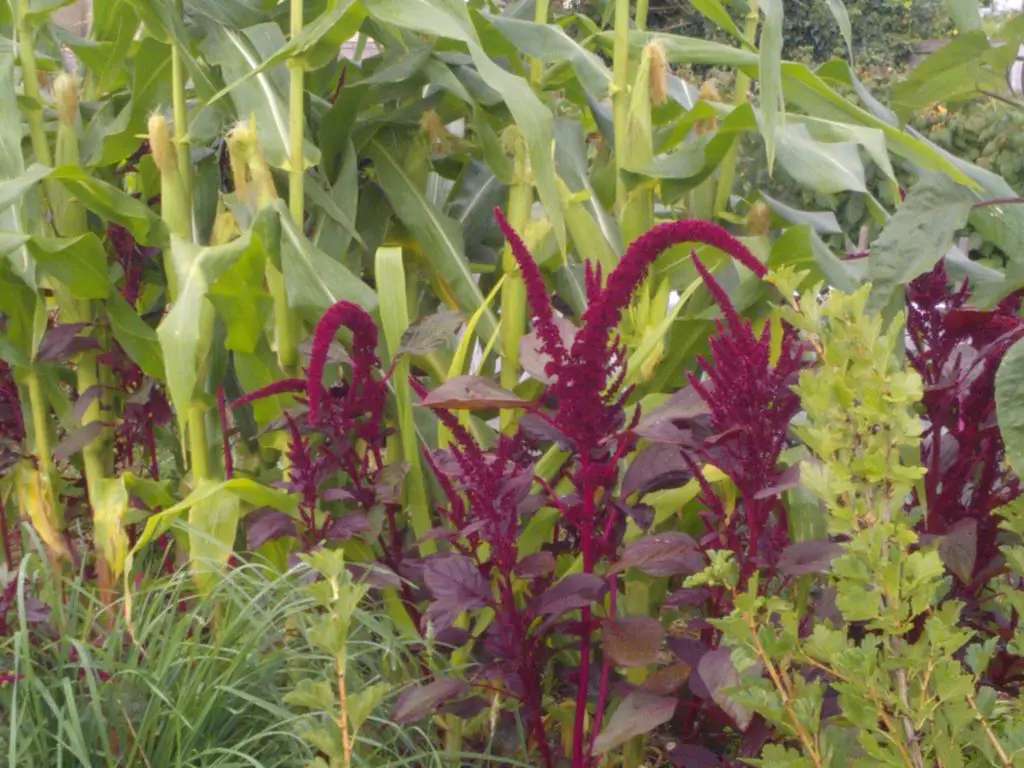
The leaves of the amaranth plant provide shade for the roots of the sweetcorn whilst keeping the soil moist. After you have harvested your sweetcorn and the amaranth is finnished the soil will be perfect for sowing carrots. The soil will have been nicely broken down allowing the carrot root to grow deep on it’s search for water.
Runner Beans with Amaranth
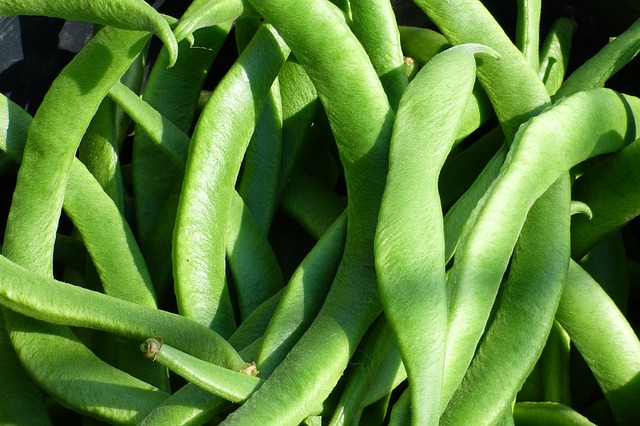
Allow the amaranth to get established, then plant some runner beans next to them. Train the beans to vine around the amaranth plants and you’ll find the sturdy amaranth will support them comfortably.
Tomatoes with Amaranth
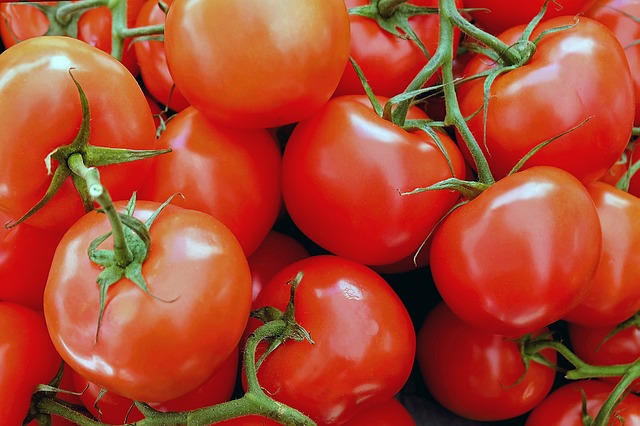
Growing tomatoes in companion with amaranth will protect your tomatoes from many harmful pests. This is due to amaranths being host to beneficial predatory beetles. These will destroy, or deter the bad bugs from your tomatoes.
Potatoes with Amaranth

Growing amaranth with potatoes increases your potato yield and keeps bad bugs away.
Peppers with Amaranth

All members of the nightshade family will thrive with amaranth peppers included. The beneficial beetles found amongst the amaranth plants keep pests away from your pepper and chilli plants.
Aubergines (Egg Plants) with Amaranth

Another nightshade family member that will benefit from extra protection from pests when grown with amaranth.
Peas with Amaranth

Along with beans, peas fix nitrogen in the air and this leaves more nitrogen for your amaranth plants to reap the benefits.
Marigolds with Amaranth

Growing marigolds with amaranth will keep nematodes away but will also attract slugs. It is advisable to grow marigolds as a sacrificial plant to prevent slug damage to your amaranth.
What Not to Grow With Amaranth
Weeds with Amaranth
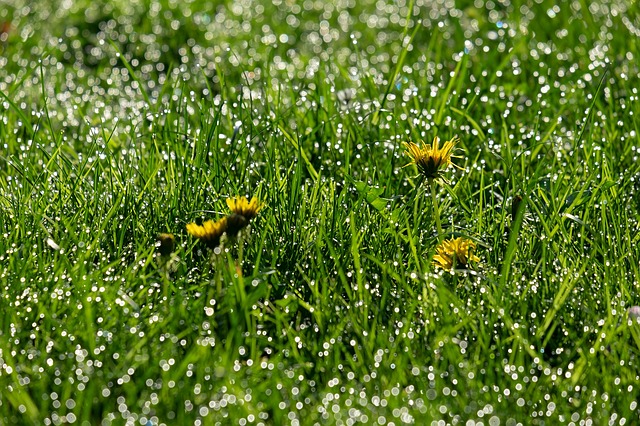
The young amaranth seedlings can be overwhelmed by too many weeds and should be kept under control. Not such a problem once established as the amaranth leaves will provide ground cover to stop weed seeds germinating.
Crocus with Amaranth

Some sources claim that amaranth should not be grown with crocuses but no one gives a reason for this. It is probably better to err on the side of caution however as all parts of the crocus are poisonous.
So there you have it what to grow with amaranth and what not to grow with amaranth. For more on growing amaranth click here.


“..all parts of the crocus are poisonous.”
The Autumn Crocus/Crocus Sativus is the source of Saffron, from the stigma, so *almost* all parts are poisonous, but not-every-absolutely part. Be sure to err with caution.
Hi Marina,
Thanks for the correction there my friend.
However Crocus sativus is still poisonous to pets, like cats, dogs and horses, so I still would exercise caution.
Thanks for taking the time to read and comment on my post.
All the best
Steve
Interesting – I forgot/didn’t realize that crocuses (Crocus Sativus) were the source of saffron!
I am about the plant some amaranth here in the US (zone 5B USDA) , and am glad to see amaranth doesn’t really have many plants it doesn’t get along with – sort of like of like collards!
All the best!
Thanks for taking the time to comment.
All the best
Steve